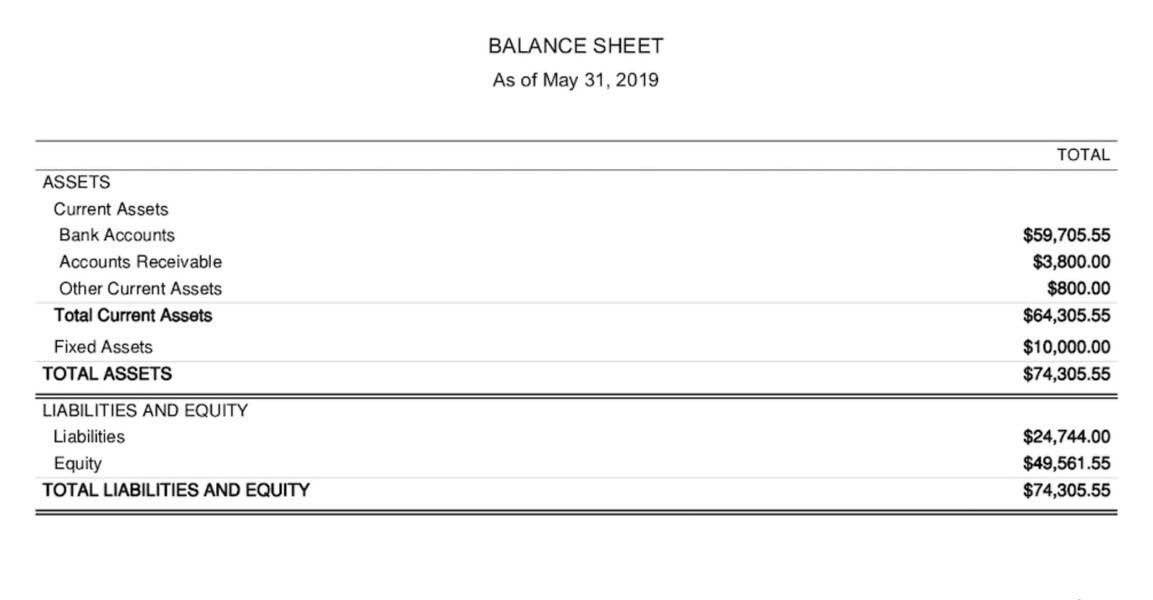
The cash book balance represents the net https://www.bookstime.com/ cash position of the entity at a specific point in time. Transactions such as checks written or deposits made may not be immediately reflected in the bank’s records. This lag can cause temporary differences that need to be reconciled once the bank processes these transactions. Additionally, automated payments or direct debits scheduled by the company might not align perfectly with the bank’s processing times, further contributing to timing-related discrepancies. Discrepancies between book balance and bank balance can arise from a variety of sources, often leading to confusion and potential financial mismanagement if not properly addressed. One common cause is human error, which can occur during data entry or transaction recording.
Step-by-Step Guide on How to Fix Differences Between QuickBooks Balance and Bank Balance
Available funds are money in a bank account that is accessible for immediate use. Often, your account’s current balance has not factored in the amounts of recent transactions that are pending but have yet to clear. For instance, this could be the case if you’ve made purchases with your debit card that haven’t been fully processed yet by your bank. Your available balance consists of the money you have access to right now, such as through debit card purchases or ATM withdrawals. Typically, this is the limit on how much you can spend or withdraw from the account at this time. Often, the available balance has already factored in the amounts of transactions that are still pending.
Tools and Services
This can be accomplished through either Direct Connect or Web Connect methods, depending on the options provided by your bank. It considers all cleared transactions like deposits, withdrawals, and fees. Knowing bank balance is important as it shows the financial state of an account holder. It provides individuals and businesses with an understanding of their financial resources. Your checking account can display a current balance and an available balance, and the two might not show the same amount. Moreover, you’ll want to review and fix issues for accounts you’ve reconciled in the past.
Quickbooks In Quickbooks Balance
The book balance refers to the amount of money recorded in a company’s accounting records. This figure includes all transactions that have been entered bookkeeping into the accounting system, such as checks written, deposits made, and any other financial activities. It represents the company’s internal view of its financial status at any given time. The normal differences identified in a bank reconciliation will be discussed separately.
- For instance, let’s say Alice wants to purchase a larger piece of property in order to open her bakery shop business.
- The available balance fluctuates throughout each day as new transactions occur, providing an up-to-date representation of your current financial situation.
- An organization uses the bank reconciliation procedure to compare its book balance to the ending cash balance in the bank statement provided to it by the company’s bank.
- Creating invoices becomes easier with Deskera, which automates a lot of other procedures, reducing your team’s administrative workload.
- When completing your money transfer it is good to let your credit card company know the amount you will be transferring and try to only transfer exactly what you need.
This process simplifies tracking and boosts confidence in financial management. The book balance takes into account all the checks issued by a business, which are recorded in the book balance and compared to the cash balance in the bank account. This comparison helps identify any errors or discrepancies in the record-keeping. Book balance is a crucial aspect of business accounting that ensures the finances in a business’s checking account match the book balance at the end of an accounting period. This process involves comparing the book balance to the bank statement to detect any discrepancies. Account balance refers to the total amount of money in a bank account, including both deposited funds and any pending transactions.

What Is The Difference Between Bank Balance And Balance In Quickbooks?

When managing your business’s finances, it is crucial to ensure accuracy between your accounting software, like QuickBooks, and your actual bank balance. This issue can arise due to various reasons, including timing discrepancies, recording errors, or omission of transactions. Bank balance and QuickBooks may not match due to data entry errors, timing differences, or uncleared transactions.


This document should explain any remaining differences, such as outstanding cheques or deposits in transit, and show that the adjusted cash book balance now matches the bank statement. A ledger balance, also known as a current or closing balance, represents the total amount of money in your account at the end of a business day after all transactions have been processed. This figure is determined by adding up all credits, such as deposits or interest payments, and subtracting debits, like withdrawals or loan repayments, from the previous day’s ledger balance.
- Ensuring your QuickBooks and bank balance match is crucial to maintaining the accuracy of your books, D Law.
- The calculation of a ledger balance is crucial for maintaining proper records and reconciliation purposes.
- Reconciling bank statements involves comparing your financial records with your bank statement, and it’s a crucial step in ensuring your books are balanced.
- One of the key attributes of the cash book balance is that it includes all cash transactions, regardless of whether they have been processed by the bank or not.
- By mastering the reconciliation process, you can better manage your business’s finances and avoid pitfalls related to inaccuracies in your accounts.
- The net effect of these adjustments is calculated to arrive at the reconciled book balance, which forms a vital component in the preparation of financial statements.
- This amount differs by $500 from the bank balance for the same account, which requires a bank reconciliation to resolve.
- In summary, a comprehensive understanding of ledger balances and available balances is vital for making informed financial decisions and maintaining effective account management.
- When debits and credits are processed through the bank account, those amounts are reflected in the bank account’s cash balance.
- You can only spend your available balance, which is the aggregate funds accessible for withdrawal or transfer at any given moment during the day.
When reviewing your account balances, it’s important to remember that transactions can sometimes post after the statement date. As such, you may want to factor this potential delay into your budget and spending plans. Understanding these balances can help you manage your finances effectively and prevent potential overdrafts or fees. In contrast, the available balance fluctuates continuously based on recent transactions. While the ledger balance is updated overnight, your available balance adjusts in real-time as debits and credits are processed. The availability of funds depends on the specific bank policies and processing times for various types of transactions.
What this means is that your bank balance and the balance in book balance vs bank balance QuickBooks Online will only match if you don’t have any outstanding checks. Any unrecorded items from the bank statement—fees, interest, NSF cheques—should now be recorded in the cash book. When making financial decisions, it is essential to consider both balances and understand how they impact one another. For instance, a withdrawal of $500 from an account with a ledger balance of $10,000 but only an available balance of $8,500 would result in an overdraft fee if not managed properly.
0 Comments